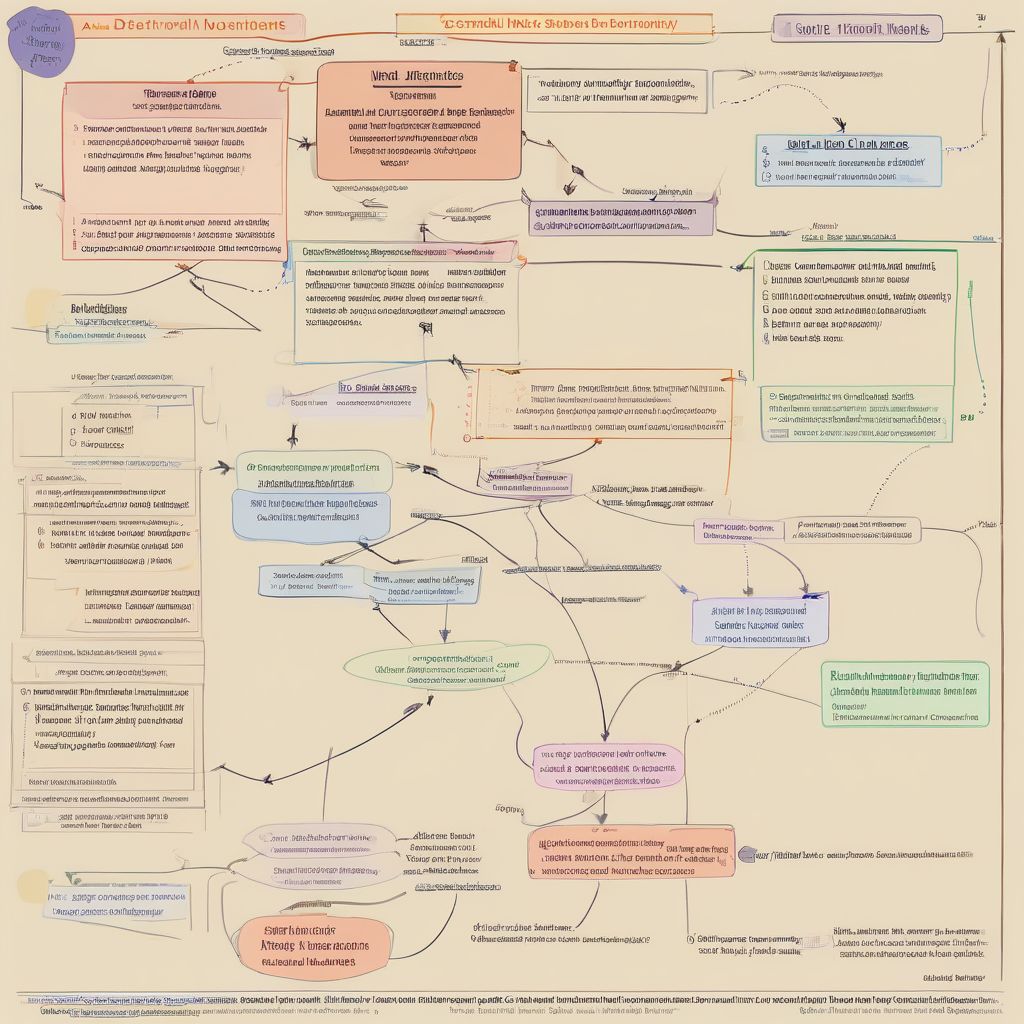Ever find yourself staring blankly at your screen during an online class, unsure of what to write down? You’re not alone! Taking effective notes online can be tricky, but it’s crucial for staying focused, retaining information, and acing those exams. As a nutritionist and meal-prep coach, I understand the importance of organization and efficiency. Just like a well-planned grocery list ensures a successful week of healthy meals, well-structured notes pave the way for academic success.
This guide will equip you with proven strategies and actionable tips to conquer online note-taking like a pro. Get ready to ditch the distractions and embrace a world of focused learning!
Understanding the Importance of Effective Note-Taking
Before we dive into the “how-to,” let’s understand why effective note-taking is so important, especially in an online learning environment:
- Enhanced Focus and Engagement: Actively taking notes keeps your mind from wandering off to that tempting social media notification. It forces you to engage with the material, process information deeply, and stay present in the moment.
- Improved Information Retention: Remember that feeling when you’re cramming for an exam and can’t recall a single thing from the lectures? Yeah, effective note-taking prevents that. It helps solidify information in your memory, making it easier to recall later.
- Active Learning: Note-taking isn’t just about scribbling down words verbatim. It’s about synthesizing information, making connections, and formulating questions – all crucial components of active learning.
- Valuable Study Tool: Well-structured notes become your personalized study guide. They provide a condensed version of the course content, making exam preparation much less daunting.
Choosing the Right Note-Taking Method
One size doesn’t fit all when it comes to note-taking. Experiment with different methods and find what works best for you:
1. The Cornell Note System
This classic method is a favorite for its organized structure. Divide your page into three sections:
- Notes Section (Right): Jot down key points, definitions, and examples during the lecture.
- Cue Column (Left): After the lecture, review your notes and write down keywords, questions, or prompts in the cue column.
- Summary (Bottom): Summarize the main ideas of the page in your own words.
2. The Outline Method
Ideal for lectures with a clear hierarchical structure, this method helps you visualize the relationship between main ideas and supporting details.
- Main Topic: Start with the main topic as a heading.
- Subtopics: Indent and list subtopics under the main topic.
- Supporting Details: Indent further and add details, examples, and evidence under each subtopic.
3. The Mind Mapping Method
If you’re a visual learner, mind mapping could be your best friend. It uses diagrams and keywords to represent relationships between ideas.
- Central Topic: Write the central topic in the center of the page.
- Branches: Draw branches radiating outwards for main subtopics.
- Sub-branches: Add sub-branches for supporting details and connect them to relevant branches.
 Effective Note-Taking Methods for Online Classes
Effective Note-Taking Methods for Online Classes
Mastering the Art of Effective Online Note-Taking
Now that you know the “why” and the “what,” let’s delve into the actionable strategies that will transform your online note-taking game:
1. Prepare Beforehand
- Review the Syllabus: Familiarize yourself with upcoming topics, readings, and assignments to anticipate important points during the lecture.
- Skim Readings: A quick skim of assigned readings provides context and helps you identify key concepts beforehand.
- Gather Your Supplies: Ensure you have your preferred note-taking tools ready—digital or pen and paper—to avoid last-minute scrambles.
2. Create a Dedicated Workspace
- Minimize Distractions: Choose a quiet, well-lit space where you can focus without interruptions. Silence your phone, close unnecessary tabs, and let your family or roommates know you’re in learning mode.
- Ergonomics Matter: Ensure your chair and desk setup promote good posture to avoid discomfort and fatigue.
3. Active Listening is Key
- Engage, Don’t Transcribe: Resist the urge to write down everything verbatim. Focus on understanding the key takeaways and summarizing them in your own words.
- Use Visual Cues: Pay attention to visual aids, such as slides, diagrams, and videos, as they often highlight important concepts.
- Ask Questions: Don’t hesitate to ask clarifying questions in the chat or during Q&A sessions. This shows your engagement and helps solidify your understanding.
4. Develop a System of Shorthand
- Abbreviations and Symbols: Create your own shorthand system for common terms, concepts, or phrases to save time and space. For example, “w/” for “with,” “b/c” for “because,” or “+” for “and.”
- Keywords and Phrases: Focus on capturing keywords and phrases that represent the main ideas rather than writing complete sentences.
5. Utilize Technology to Your Advantage
- Note-Taking Apps: Explore apps like Evernote, OneNote, or Notability, which offer features like audio recording, handwriting recognition, and cloud syncing.
- Live Transcripts: Some platforms offer live transcription services that can be helpful for capturing information verbatim. However, always review and edit the transcripts for accuracy.
- Screen Recording: Record lectures (with permission, of course) to revisit specific sections or catch anything you missed.
6. Review and Revise
- Regular Review: Don’t wait till the last minute! Schedule short review sessions to reinforce your understanding and make connections between concepts.
- Fill in the Gaps: Use your textbook or other resources to fill in any gaps in your notes and clarify any confusing points.
- Summarize and Synthesize: Condense your notes further by creating summaries, flashcards, or mind maps to solidify your learning.
Conclusion
Mastering the art of effective note-taking during online classes is a game-changer for academic success. It’s about finding the right methods, staying organized, actively engaging with the material, and leveraging technology to your advantage. Remember, consistency is key. Implement these strategies consistently, and you’ll be amazed at the positive impact on your learning journey.
Now, tell me, what are your biggest challenges with online note-taking? Share your thoughts in the comments below!
[amazon bestseller=”note taking”]
